Chances are, nobody’s going to ask you what kind of grass you have.
It’s not a big topic at dinner parties or in the break room at work or on dating apps.
But it’s kind of nice to know, just like you should know your kid’s teacher’s name or what your partner’s favorite dessert is. And the more you know about your grass, the better able you’ll be to take great care of it.
So if you’ve ever wondered, “how do I know what kind of grass I have?” here you go:
What Kind of Grass Do I Have?
First off, if you live in Minnesota or Wisconsin, you have cool season turfgrass.
Cool season turfgrasses are varieties that thrive in the cool springs and falls like we have here in Wisconsin and Minnesota. They stand up to our freezing winters and pop back up healthy in the spring.
Next up, did you have a sod lawn installed?
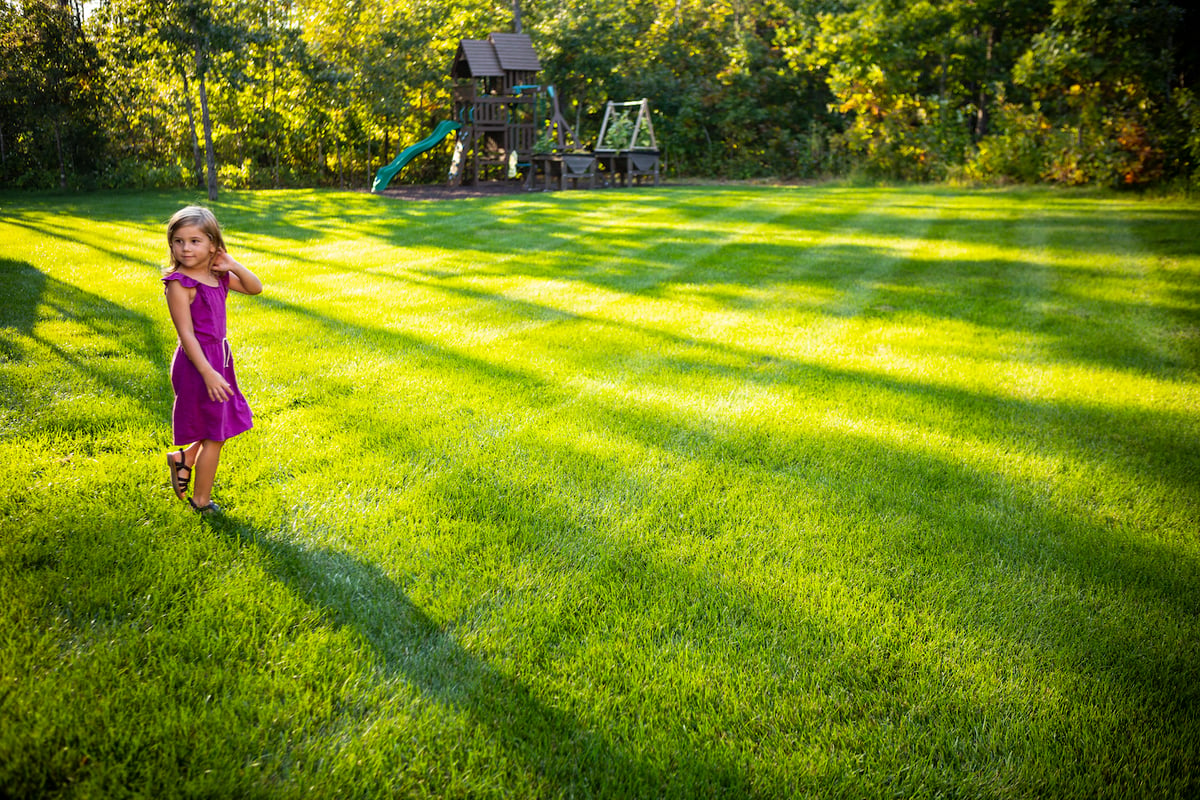 If so, you probably have Kentucky bluegrass. It’s a sod installer favorite. It’s actually the most popular turfgrass of all cool-season grasses in the upper Midwest.
If so, you probably have Kentucky bluegrass. It’s a sod installer favorite. It’s actually the most popular turfgrass of all cool-season grasses in the upper Midwest.
Everybody loves bluegrass, with its great deep green color, soft texture, and ease of mowing.
But it’s the most expensive grass, and the hardest to tend.
Grass Types in Minnesota and Wisconsin
Honestly, besides bluegrass, there aren’t that many popular types of grass in Minnesota and Wisconsin.
Fine Fescue
Like its name implies, this grass is very fine textured with needle-like blades.
If your grass is thriving in shade, it's probably fine fescue. Unlike bluegrass, it’s shade tolerant, growing well even in heavy shade.
It’s soft, with a gray-green color.
Ryegrass
It seems weird to call grass shiny, but ryegrass actually does have a shine to it. And after you mow it, it has a whitish tint to it.
It’s dark green and soft.
What Kind of Grass Do I Have? Chances Are, a Mix
If you didn’t have a sod lawn installed, you probably have a blend of grasses in your yard.
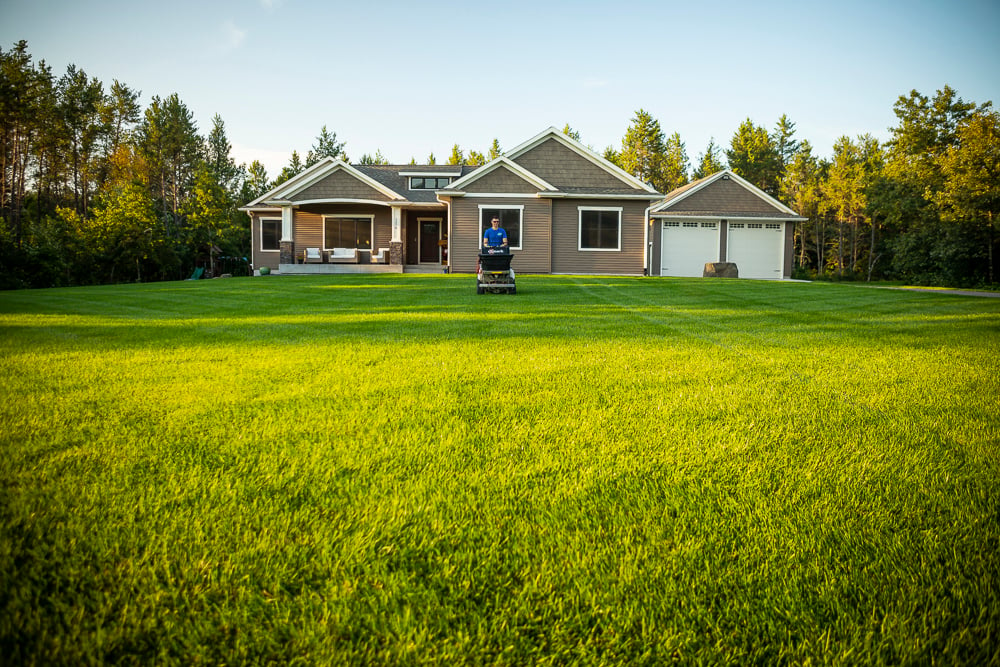 Chances are, you have a mixture of three types of grass: bluegrass, fescue, and rye.
Chances are, you have a mixture of three types of grass: bluegrass, fescue, and rye.
The Magic of a Mix
If you have a mix, that’s actually great news. Every type of grass has advantages and disadvantages.
Fescue does better in shade. Bluegrass thrives in the sun. Rye stands up well to high foot traffic.
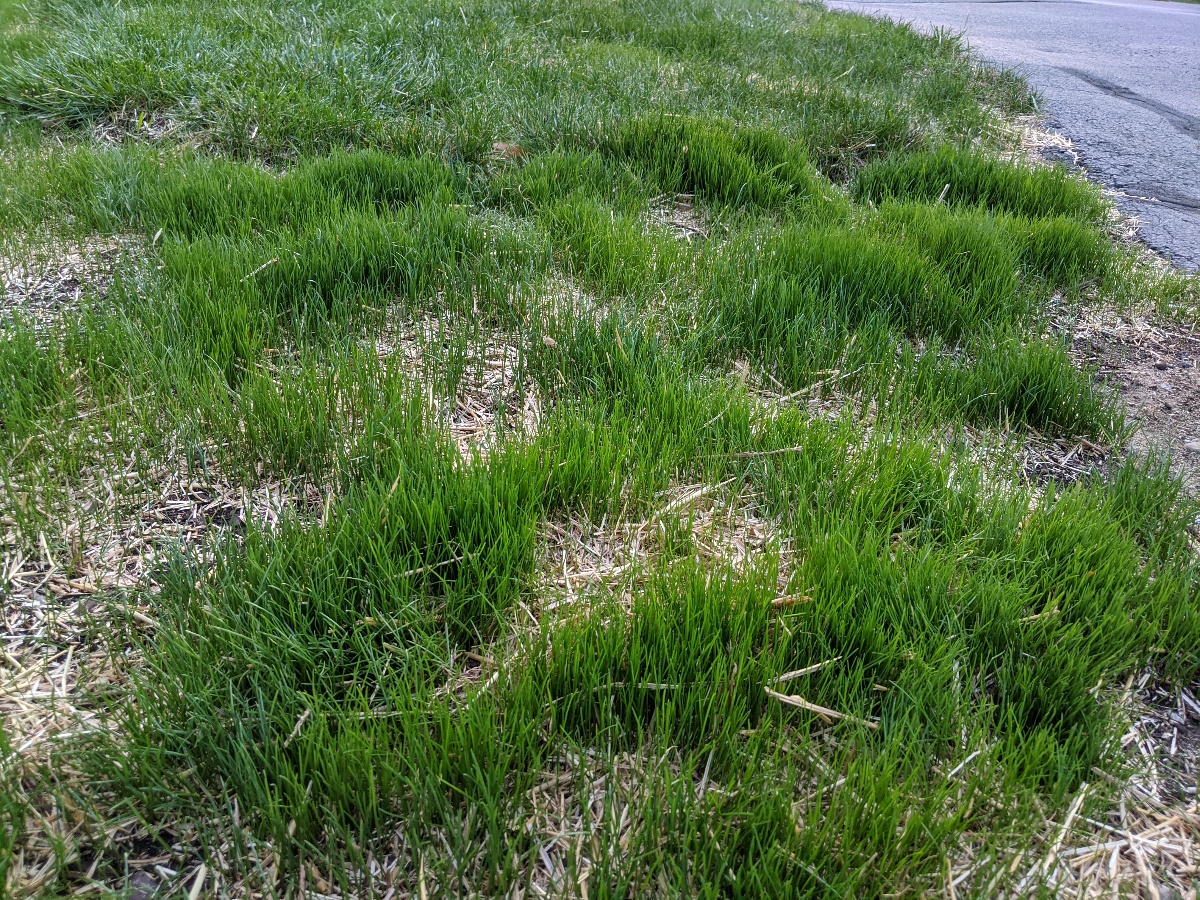 That’s why a blend of these grasses is great — you get a bit of all their good qualities. Plus, a mix is better at fending off lawn diseases.
That’s why a blend of these grasses is great — you get a bit of all their good qualities. Plus, a mix is better at fending off lawn diseases.
Why Does My Lawn Look Like a Quilt?
Maybe you started off with a bluegrass lawn. But over time you noticed some bare spots creeping in. So you headed to the hardware store to buy some grass seed.
But that cheap seed had a bunch of types of grass seed in it — maybe even some weed seed.
Suddenly, your lawn is a not-so-great-looking patchwork of grasses.
Be really picky about grass seed.
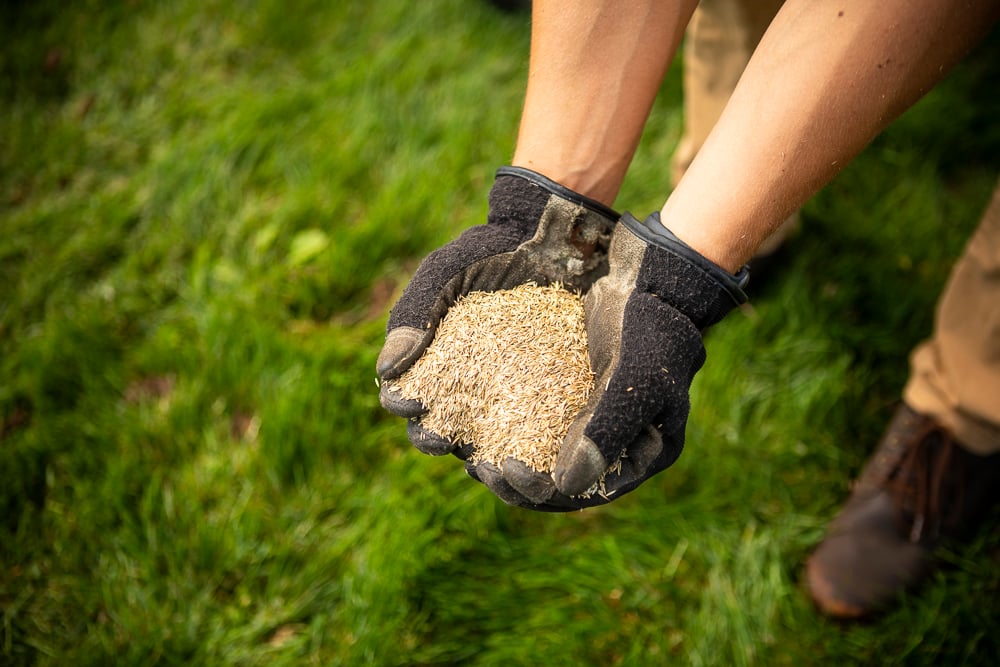 You’ll get a blend of high-quality grass seed from RainMaster based on your lawn’s needs.
You’ll get a blend of high-quality grass seed from RainMaster based on your lawn’s needs.
If your yard is shady, you’ll get more fescue seed, and maybe just 10 percent bluegrass, or none at all.
Sunny? More bluegrass.
Rye isn’t our favorite grass, but it serves a few good purposes.
If you have an erosion-prone hillside, or destructive dogs, you want coverage as quickly as possible.
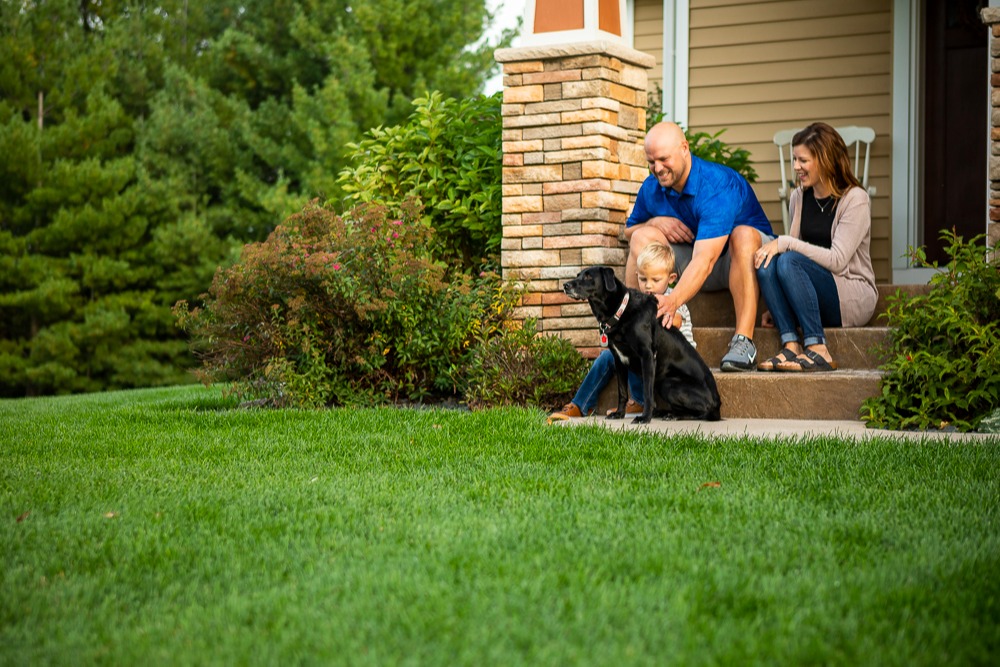 Rye seed germinates in just seven days. Bluegrass takes a month.
Rye seed germinates in just seven days. Bluegrass takes a month.
What Kind of Grass Do I Have? The Kind That Needs Attention
The good news is the same basic lawn care tips apply, no matter what type of grass or grasses make up your lawn:
- Mow tall. Taller grass helps a lawn grow thicker. Mow too short, and the soil heats up, helping pesky weed seeds to germinate.
- Water properly. A lawn that’s too wet or too dry encourages weeds and disease.
- Use high-quality granular fertilizer. It’s more expensive than the more common liquid stuff, but it breaks down slowly, giving you consistent benefits from fertilization.
- Trust experts with your weed control. That DIY stuff you buy just doesn’t cut it.
- Aerate occasionally to keep your lawn breathing.
- Get your soil pH tested. If your pH is off, your grass won't absorb the nutrients it needs, even if you fertilize regularly.
- Invest in a complete, proactive lawn care program.
You choose from three different levels of lawn care programs at RainMaster, based on the results you’d like, how fast you want to see results, and your budget.
Ready for Lawn Care Tips That Really Work? Trust RainMaster in Eau Claire, WI & Minneapolis
Here’s a good goal: when you ask, “What kind of grass do I have?” your answer should be thick, healthy, thriving grass.
Choose a lawn care program designed to really meet the needs of your lawn, and you can get there — no matter what type of grass is out there.
Want to get to the bottom of your lawn problems and be confident about your choice for lawn care services? Request a quote today! We’ll review your lawn care options together so you can make a great choice. Then, you can finally enjoy your lawn and stop worrying about it.




